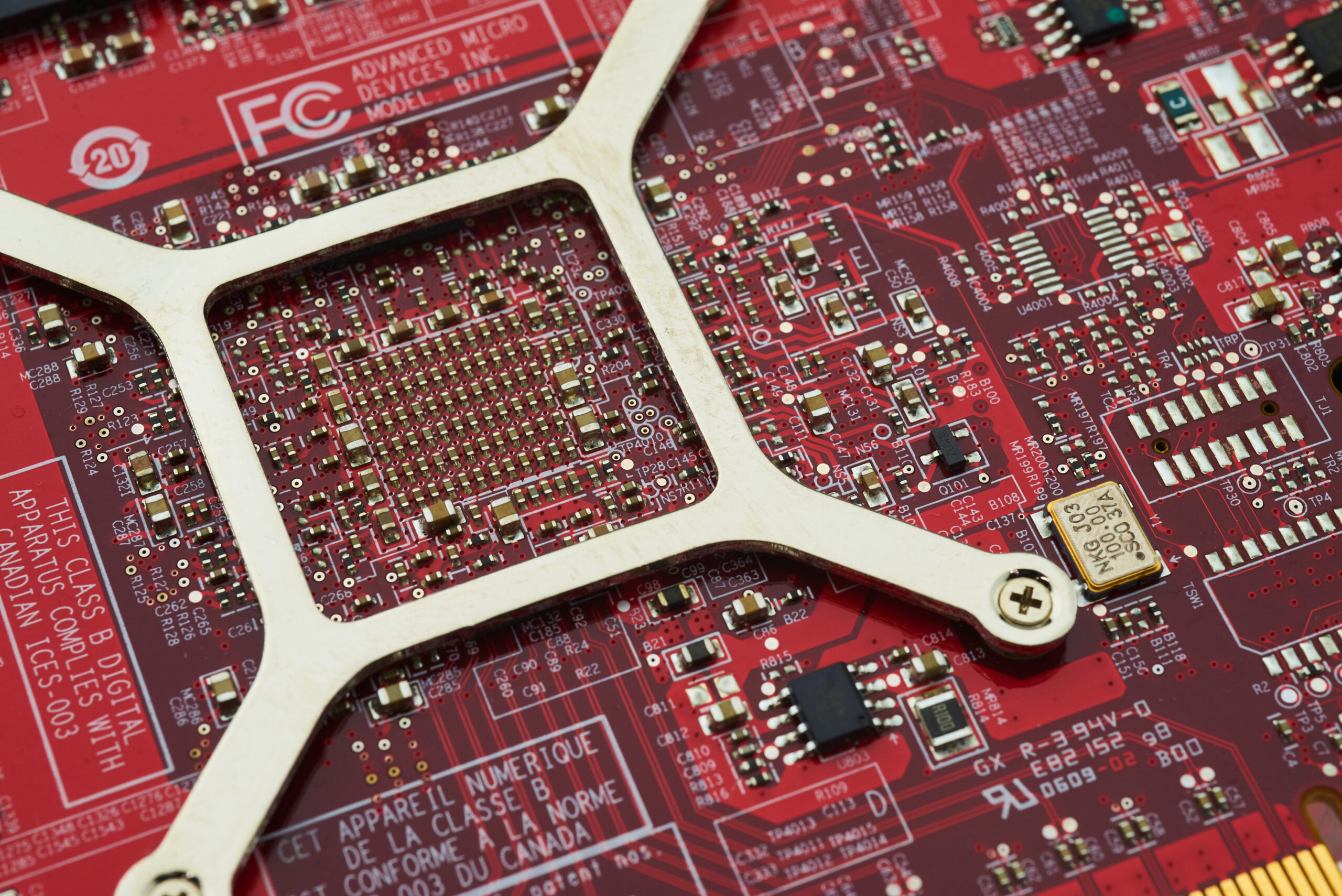Kitchen Grease Interceptor Maintenance: Keep Your Kitchen Spotless
Ever pondered the implications of neglecting culinary grease interceptor cleaning in a hectic restaurant kitchen? It’s more than just a matter of hygiene; it’s about maintaining an efficient grease trap extraction setup. These interceptors are vital for collecting FOG (fats, oils, and grease) before they can affect pipes and sewer systems. By focusing on regular upkeep, you safeguard your eatery’s infrastructure and avert costly plumbing problems and stenches.
Understanding the Significance of Grease Trap Upkeep
Grease traps are crucial for the efficiency and sanitation of commercial kitchens. They serve a vital function in guaranteeing operational efficiency and compliance with local laws. Knowing how grease traps work and the impacts of poor upkeep assists owners in making educated choices about grease trap sanitization for restaurants.
Role of Grease Traps in Commercial Kitchens
Grease traps sit near washing stations to capture fats, oils, and grease (FOG) before they enter the drainage system. This is crucial for stopping contamination and defending the drainage system. Effective grease trap maintenance guarantees these traps work efficiently, protecting the environment and the restaurant from penalties or disruptions. Regular inspections are essential to adhering to grease trap regulations, which specify cleaning and upkeep schedules.
Results of Ignoring Grease Interceptor Sanitization
Not maintaining commercial grease trap cleaning near me can result in major problems for kitchen functions and public health. Some likely outcomes include:
- Major drainage blockages, leading to pricey emergency repairs.
- Unpleasant stenches in the culinary area and dining areas, reducing client approval.
- Penalties and regulatory problems from ignoring grease trap regulations.
- Heightened chance of plumbing problems, which could interrupt kitchen operations.
Having a routine sanitization plan, like restaurant grease interceptor cleaning, can prevent these problems. Consistent maintenance ensures adherence with local laws and preserves the kitchen environment.
Culinary Grease Interceptor Sanitization: A Step-by-Step Procedure
Cleaning a grease interceptor is essential for a kitchen’s efficiency. It demands the proper equipment and a structured approach. From assembling necessary supplies to removing refuse properly, each stage is essential for a clean culinary area.
Essential Tools for DIY Sanitization
Before you start, make sure you have these supplies at available:
- Rubber gloves
- Gas mask
- Lever or tool
- Scrapers
- Shop vac
Comprehensive Sanitization Procedure
Here’s a step-by-step guide for effective sanitization:
- Lift the grease trap by removing its cover cautiously.
- Extract the refuse, attempting to take out as much as you can.
- Employ a industrial vacuum to extract any remaining bits.
- Wash the inside of the grease interceptor with mild detergents.
- Wash away all particles with fresh H2O.
Tips for Correct Elimination of FOG Waste
Proper removal of FOG waste is crucial for eco-safety:
- For lesser volumes, utilize double-lined trash bags for removal.
- For greater volumes, utilize grease disposal services to comply with local laws.
| Waste Quantity | Elimination Technique | Suggested Providers |
|---|---|---|
| Under 5 liters | Heavy-duty waste bags | Local landfill |
| Above 5 liters | Specialized disposal service | Grease repurposing providers |
Utilizing an enzyme grease trap treatment can boost your cleaning attempts, organically decomposing grease and fats. By following these instructions, you’ll maintain your kitchen functional and meet waste management regulations.
Signs Your Grease Interceptor Needs Sanitization
Maintaining your grease interceptor in optimal form is crucial for your commercial kitchen’s smooth operation. Recognizing when to arrange a grease interceptor sanitization can prevent future problems. Several signs can notify you to the necessity for an inspection.
Frequent Indicators of FOG Accumulation
Look out for these symptoms that imply your grease trap needs prompt care:
- Unpleasant odors emanating from the culinary area or drains.
- Slow-draining basins, signifying clogs from grease buildup.
- Visible grease accumulation in and around your pipes.
- Frequent pipe problems, such as obstructions and overflows.
How Frequent Should Cleaning Be Done?
Routine upkeep of your grease trap is essential for productivity and adherence to regulations. It’s typically recommended to perform inspections and sanitizations every four to six weeks. Culinary areas with high demand might need more routine care. Hiring a specialist for consistent grease interceptor maintenance ensures you comply with these requirements and ensure your kitchen functional.
| Culinary Area Type | Recommended Cleaning Frequency |
|---|---|
| Minimal Operation | Once every 4-6 weeks |
| Medium Usage | Every 3-4 weeks |
| High Usage | One to two weeks |
Advantages of Expert Grease Trap Services
Engaging expert grease interceptor sanitization services can greatly boost your culinary area’s effectiveness and sanitation. These professionals not only clean completely but also recommend on the most suitable upkeep plans for your business. By selecting commercial grease trap pumping services, you’re working with technicians well-versed in grease trap complexities.
Why Choose Grease Trap Pumping Service?
Hiring a grease interceptor extraction service provides availability to advanced tools and knowledge in grease trap management. They ensure your traps are scrubbed thoroughly, preventing clogs and flooding that could lead to expensive pipe problems. Routine specialist sanitizations aid ensure productivity and boost client approval.
Regulatory Compliance and Peace of Mind
Employing a specialist service also guarantees compliance with grease trap regulations. Many regions have stringent standards that businesses must comply with, and violations can cause penalties or audits. Working with a trusted grease interceptor provider offers confidence, ensuring your kitchen adheres to all guidelines. It also fosters a safe space for employees and customers.
